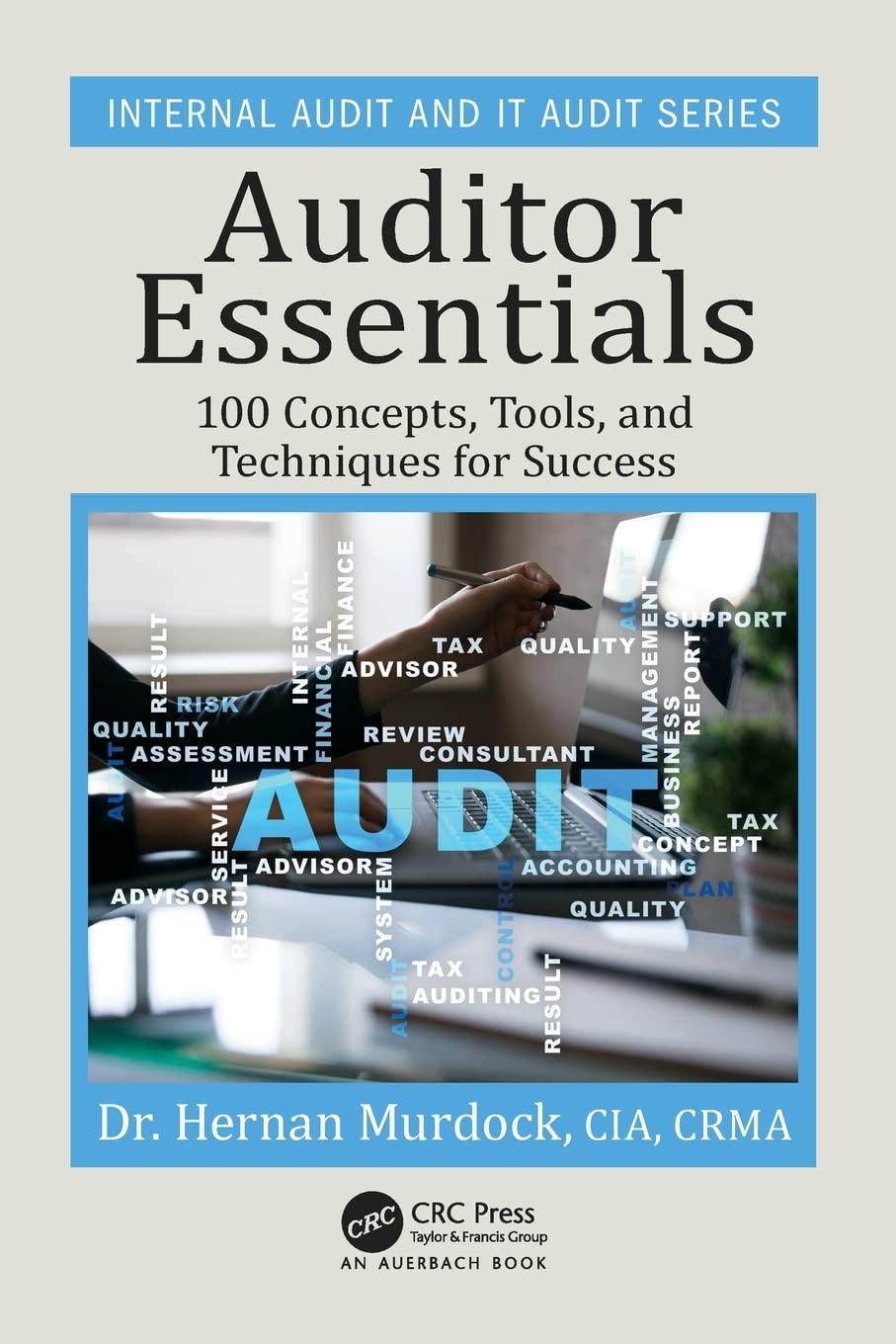Question
Federal Income Taxes Individuals and firms pay out a significant portion of their income as taxes, so taxes are important in both personal and corporate
Federal Income Taxes
Individuals and firms pay out a significant portion of their income as taxes, so taxes are important in both personal and corporate decisions. Our tax system is progressive.
Individual
Individuals pay taxes on wages, on investment income, and on the profits of proprietorships and partnerships. Taxable income is defined as gross income less a set of exemptions and deductions. In 2013, the personal exemption is $3,900 per person. A capital gain (loss) is the profit (loss) from the sale of a capital asset for more (less) than its purchase price. In 2013, for most taxpayers a -Select-short-termlong-termCorrect 1 of Item 1 capital gain is taxed at a maximum rate of 15%, while a -Select-short-termlong-termCorrect 2 of Item 1 capital gain is taxed as ordinary income [For single taxpayers with incomes over $400,000 and married taxpayers filing jointly with incomes over $450,000, the maximum tax rate on long-term capital gains has increased to 20%.]. -Select-NetInvestmentOperatingCorrect 3 of Item 1 income consists of dividend and interest income. Interest income (except interest on state and local government debt which is exempt from federal taxes) is taxed as -Select-ordinary incomecapital gainsCorrect 4 of Item 1, while dividends are taxed at the same rate as long-term -Select-ordinary incomecapital gainsCorrect 5 of Item 1. Generally, interest payments are not tax deductible for individuals except for interest on -Select-credit cardshome mortgagespersonal loansCorrect 6 of Item 1 within certain limits. Projected 2013 tax rate schedules are shown for single individuals and married couples filing jointly.
2013 Individual Tax Rates
| Single Individuals | ||||
|
Corporate Corporations earn most of their income from operations; however, they may also receive interest and dividend income. -Select-InterestDividendCorrect 1 of Item 2 income is taxed as ordinary income; however, -Select-interestdividendCorrect 2 of Item 2 income is taxed more favorably. 70% of -Select-interestdividendsCorrect 3 of Item 2 received is excluded from taxable income, while the remaining 30% is taxed at the ordinary tax rate. For businesses, -Select-interestdividendCorrect 4 of Item 2 payments are regarded as an expense so they are tax deductible; however, -Select-interestdividendCorrect 5 of Item 2 payments are not tax deductible. Consequently, our tax system encourages -Select-equitydebtCorrect 6 of Item 2 financing over -Select-equitydebtCorrect 7 of Item 2 financing. Depreciation expense is tax deductible, so the larger the depreciation, the -Select-lowerhigherCorrect 8 of Item 2 the taxable income, the -Select-lowerhigherCorrect 9 of Item 2 the taxes, and the -Select-lowerhigherCorrect 10 of Item 2 the firm's operating cash flow. The projected 2013 tax rate schedule for corporations is shown below.
| ||||
Step by Step Solution
There are 3 Steps involved in it
Step: 1

Get Instant Access to Expert-Tailored Solutions
See step-by-step solutions with expert insights and AI powered tools for academic success
Step: 2

Step: 3

Ace Your Homework with AI
Get the answers you need in no time with our AI-driven, step-by-step assistance
Get Started




